Updated: February 10th, 2024. Now with even MORE historical goodness.
Logo design examples are everywhere. You probably have one or are considering getting a logo design for your business, product, or personal brand. Logo design, trademarks, and all their equivalents have been around since the dawn of civilization and commerce. Logo design is a critical component of a small business’s visual identity. It serves as a symbol representing the company and its values and can help the business stand out in a crowded market. In addition, a well-designed logo can communicate credibility and professionalism, increase brand recognition and awareness, and help establish a strong reputation for the business.
While logo styles and trends have changed, their power and purpose remain unchanged. In this blog post, we’ll dive into Logo design’s history, purpose, and power.
Table of Contents
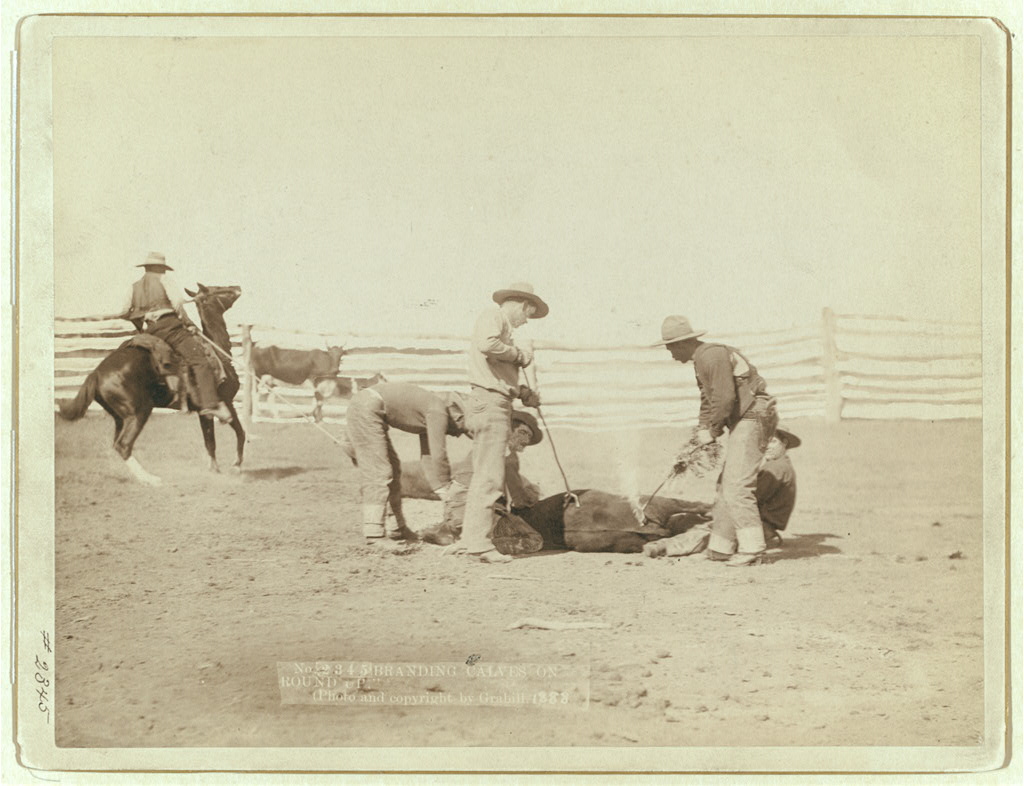
The History of Logo Design
While we may think logos and logo design is a more recent development, that’s not the case. From the early days of commerce and property, humans have used visual symbols to identify the ownership or provenance of an object. For example, branding is believed to have started in ancient Egypt in cattle markings. Likewise, the ancient Greeks and Roman craftsmen had their own “maker’s mark,” allowing their goods to be traded confidently. In the early days of Texas ranching, cattle ranchers developed a more intricate form of cattle branding, using their branding irons to make combinations of shapes, letters, and symbols. These unique forms were a deterrent to would-be poachers.
The Modern Logo History
Imagine a time when a logo was simply a signature on a package. But then, one company decided to take things to the next level and become one of the first in the world to register a trademark. Bass & Co’s Pale Ale logo was born, and it became a symbol of quality and authenticity.

Did you know that Bass was one of the first companies to use branding for their Pale Ale? Yep, way back in 1855, they slapped a red triangle on the casks that held their brew. It was a genius move that set them apart from their competition. As time went on, the red triangle became the symbol for the Pale Ale, while blue or white triangles were used for the other breweries. After World War II, they briefly tried to bring back the blue triangle but it didn’t stick. The red triangle remained the go-to choice for Bass Pale Ale.
The company’s forward-thinking approach to branding was exemplified when a young man was sent to be the first in line on January 1st, 18776, as the Trade Mark Registration Act took effect. This was not only to protect their logo but also to pioneer a new way of branding that would change the world forever. Today, logos and branding are ubiquitous, but back then, it was a bold move that set the stage for an entirely new era of marketing and advertising.
Branding has come a long way since Bass registered their famous red triangle. Companies worldwide started formalizing how they presented their symbols, corporate signatures, and brand names. You know those hand-written logos you still see today, like Ford and Coca-Cola? They’re called signature-style logos, a classic holdover from the pioneering days of logo design.
In the mid-twentieth century, corporate identity became a thing, and with it came a new profession – graphic designer. These post-war designers took visual identity to a whole new level, and now we have the exciting world of branding we know today.
Post-War Graphic Design and The Era of Industrial Design
After World War II, industrial designers started pushing American businesses to use design as a tool to sell their products. These industrial designers would work on streamlining and creating new products; then, they would also have to come up with new logos for all the new stuff that was being sold.
In the early days of marketing, trademarks used to be all about packaging. As supermarkets grew, packaging became increasingly important, and the trademark was there to convince shoppers that a trustworthy company was behind the product. Back in the 1930s, packages were often used as trademarks in advertising. William Golden, who was the Art Director for CBS until he passed away in 1961, talked about how designers struggled to break away from the same old ads that had packages as trademarks in the lower corner. On TV, products were sold by showing the complete package, rather than just the trademark itself.
The Development of the Corporate Identity
In the 50s and 60s, a lot happened. Big companies grew bigger and started to merge with others. Because these corporations were owned by financial capital, they stopped focusing on specific trademarks for just a few products or branches of their business. This meant that some famous trademarks, like Borden’s Elsie and Mobil’s Pegasus, were dropped. People even wrote in magazines about how sad it was to see them go.
Companies started feeling the need to give their old logos a modern and cleaner look to make them more representative of their business. They wanted to show off their massive size and power, so they started putting their logos everywhere – on planes, manhole covers, calling cards, hang tags, match covers, bumper stickers, and t-shirts. Design firms began specializing in creating “Corporate Identity Systems” to make sure that the logos were used consistently in all applications. This led to the increased use of books of standards for trademarks.
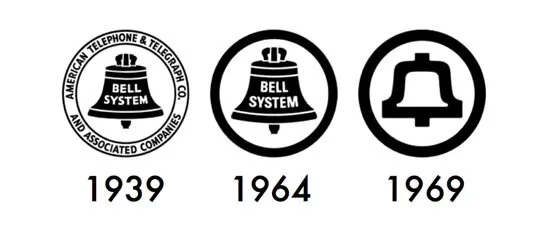
By 1970, when American Telephone and Telegraph began to apply Saul Bass’ new telephone symbol in what was then the most significant corporate identity job ever done, it was thought necessary to bring out a whole set of standards books, one each for architecture, fleet, stationery, advertising, and so on.
Designers started to give more importance to the name itself as a symbol after the significant contributions of Ben Sahn and other caligraphers, like Herb Lubalin. They began to make corporate names more memorable and decorative. For example, Lippincott & Margulies shortened New York Life Insurance Company to New York Life and put white letters close together in a black square. This style of lettering, known as “stacked,” is now used for logos of banks as well as cozy cafes.
In the late 60s, people realized that some industries used trademarks more than others. Banks, insurance companies, financial firms, real estate developers, and oil companies used trademarks to promote their products because they were selling intangible things. In the 1950s, designers conducted research to understand how customers related to different trademarks. Later, in 1973, Loewy/Snaith designed the Exxon sign, which replaced the Esso sign and was advertised across the US.
People started using monograms and abstract symbols more often, and the designs didn’t really give any clue about the type of company or product. You couldn’t tell the difference between a hotel symbol, a clothing symbol, a bank symbol, and a symbol for car parts. The designers and companies had a tough choice: whether to make designs that look like contemporary fine art, as Paul Rand suggested, or to go with what most people like and make more representational designs.
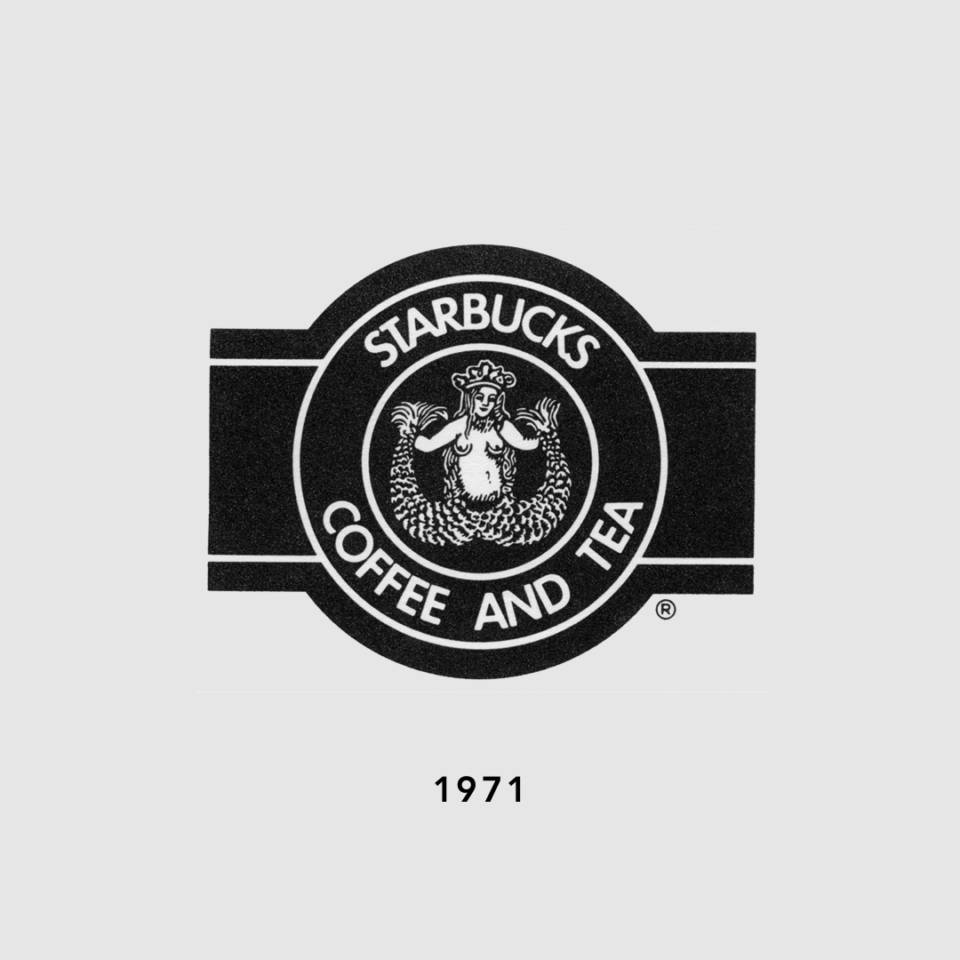
In the old days, trademarks used to be all about the sea and agriculture. Think anchors, ships, barns, farm animals, and other old timey stuff like that. Heraldic devices were also popular. People used to think that symbols like these would automatically create associations in people’s minds. For example, farm symbols meant purity, and heraldic symbols implied status. This was true for everything from butter and beer to cars and paint. Even today, designers still use these symbols to create new trademarks.
Designers these days are moving away from traditional symbolism and are using lines and lettering styles with iconography to create logos. Instead of classic mythology, religion, and nationalism, they are using corporate values like ubiquity, efficiency, and leadership. Calligraphy and typography are also commonly used to manipulate lines, solid forms, and space to achieve the desired effect. The most important stylistic element of contemporary logo design is the use of space. Even though modern logos might seem simple at first glance, they are often very elegant in their design and iconography.
The Purpose of Logos
These visual symbols still do the same job today as they did thousands of years ago. The purpose of a Logo is to inform and identify. That’s it. They don’t have to mean anything. A good logo will help us distinguish between one organization and the other. This utility, the ability to be a mark of identity for an essentially faceless abstract like a corporation or business, is why logos have stayed with us for so long. That ability to identify is why many organizations, corporations, community groups, schools, and individuals use a unique logo.
Logo design is a critical component of a small business’s visual identity. It serves as a symbol representing the company and its values and can help the business stand out in a crowded market. In addition, a well-designed logo can communicate credibility and professionalism, increase brand recognition and awareness, and help establish a strong reputation for the business.

The Power of Logos and Logo Design
A logo design aims to inform and identify; that is also their power. Regardless of how good or bad its design is, a logo can bring into our minds any associations we’ve made with the organization it identifies. These visual symbols, be they words or icons, or both, is a way of bringing something complex, abstract, and intangible to the surface of our minds.
Brand recognition is one of the primary benefits of logo design for small businesses. A memorable and well-designed logo can make a solid first impression on potential customers and help establish the business’s unique identity. In addition, a simple and recognizable logo can help customers easily recall the business and its products or services, even if they have only encountered the company briefly.
In addition to helping with brand recognition, a professional logo can communicate credibility and reliability to customers. A well-designed logo can communicate that the business is trustworthy and dedicated to providing quality products or services. This can help establish customer trust and build a strong reputation for the business, which can be especially important for small businesses trying to establish themselves in a competitive market.
Another benefit of logo design for small businesses is the ability to differentiate from competitors. A unique and memorable logo can help a business stand out in a crowded market and make an impact on potential customers. This can be especially important for small businesses starting, as it can help them establish themselves in a competitive market and make a strong impression on potential customers.
A logo is a versatile element of a small business’s visual identity. It’s used on various platforms, such as websites, business cards, promotional materials, and advertising. This versatility makes it an essential investment for small businesses, allowing them to use their logo across multiple touchpoints, increasing brand recognition and awareness.
While their power remains, Logos and logo designers have quite a few obstacles to consider when creating a unique logo design. First, logos have to be able to do their job on more than just cowhide. Today, logos must be able to identify their owners with just a few pixels at the top of your browser and on the side of a building. They need to look at the part in digital environments and physical assets like stationery, business cards, and packaging, to name a few.
It is important to note that while logo design can be a valuable investment for small businesses, it is just one aspect of a comprehensive branding strategy. A well-designed logo should accompany a strong brand identity and consistent messaging across all touchpoints. Small businesses should also consider the role of color, typography, and other graphic design elements in their branding strategy, as these can also significantly impact the success of their business.
Your logo is a powerful tool. You want to ensure it’s doing its best to identify you and your business. Call or email us, and we’ll gladly help you with your logo design needs. You can always see examples of our work on our logo design page.





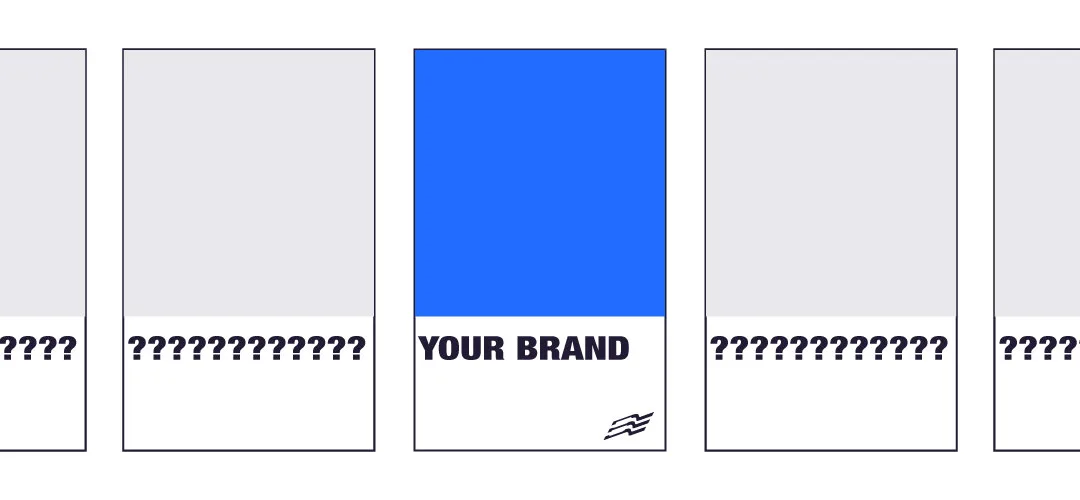

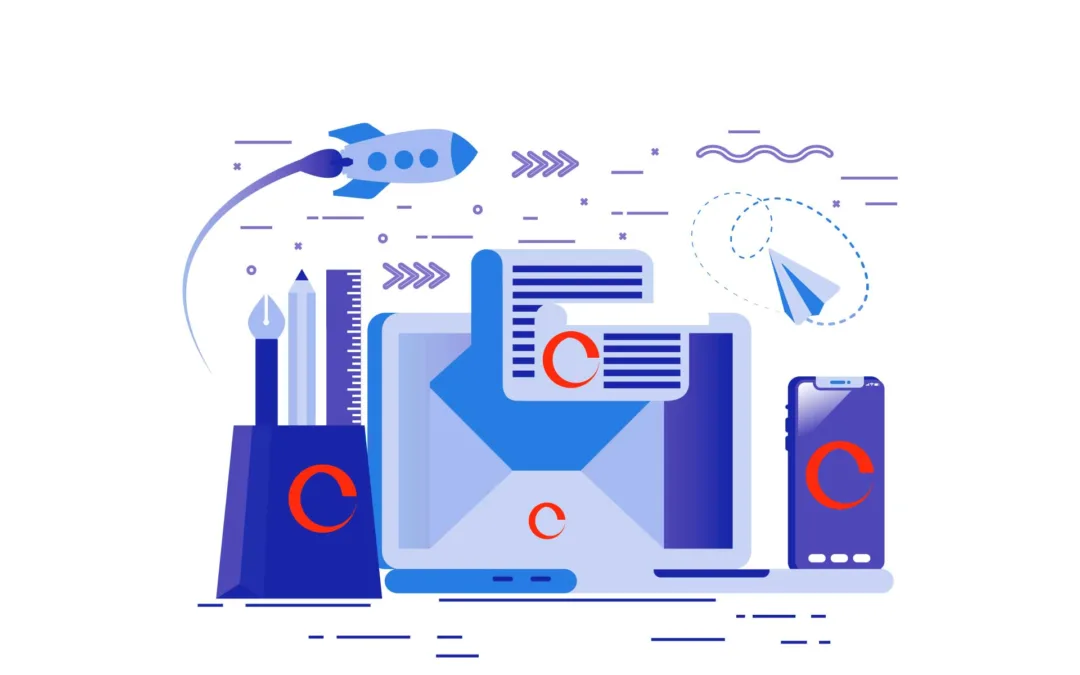
![7 Basic Graphic Design Principles To Master Your Marketing [Infographic]](https://gobeyondlines.com/wp-content/uploads/2024/05/Basic-Graphic-Design-Principles-Infographic-1080x675.webp)